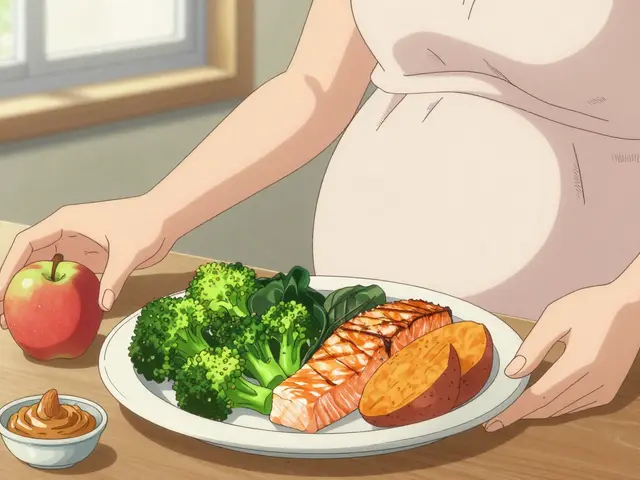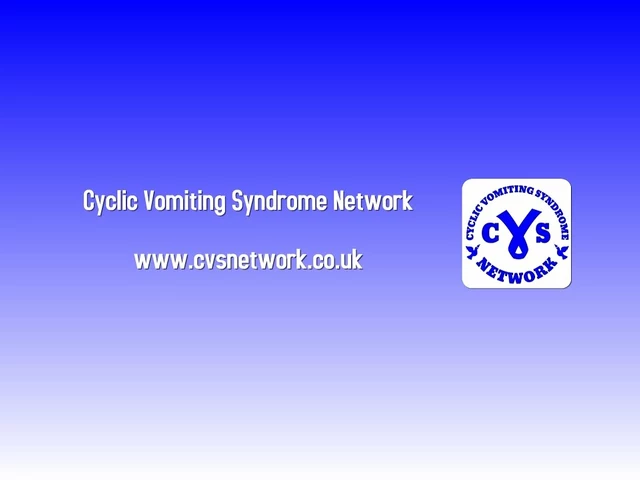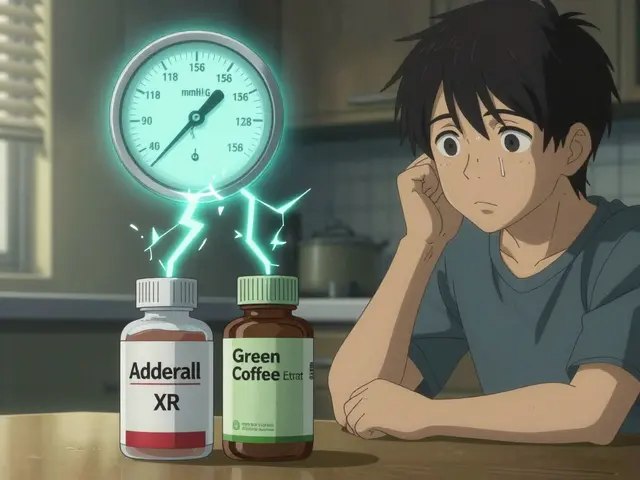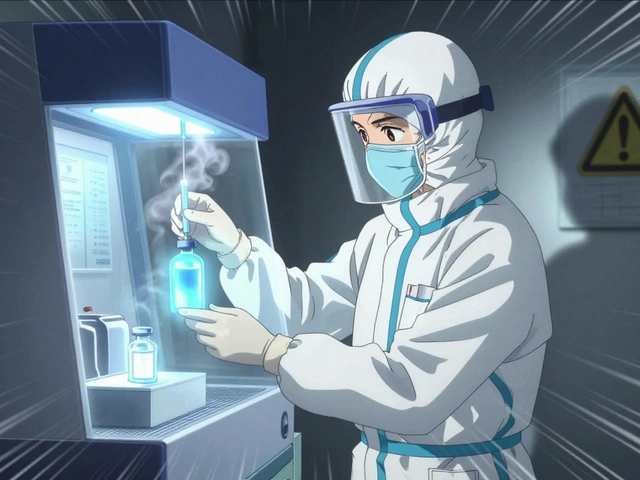Sustainability in Pharmaceuticals: Practical Steps to Cut Pollution from Drugs
Pharmaceuticals can leave a surprising mark on the environment — from the factories that make active ingredients to the pills people flush or throw away. If you care about clean water and safer communities, this page is for you. Here we explain where pollution happens, why olmesartan/amlodipine is a useful example, and what real steps manufacturers, pharmacies, and everyday people can take right now.
Where pollution comes from and why it matters
Most pollution starts in production. Making active pharmaceutical ingredients (APIs) often uses solvents, reagents, and energy. Without good controls, those chemicals and byproducts leave wastewater or air emissions. On the disposal side, unused or expired meds tossed into toilets or trash can end up in rivers and lakes. Even low concentrations of drugs in water can affect fish behavior and contribute to antibiotic resistance.
Take olmesartan/amlodipine, a common blood-pressure treatment. Its manufacture can create solvent-heavy waste streams, and leftover tablets thrown away improperly may reach wastewater systems. That doesn’t mean stop using needed medicine — it means fixing how we make and dispose of it.
Concrete actions manufacturers, pharmacies, and you can take
Manufacturers: adopt cleaner processes. That means solvent recovery, closed-loop systems, better catalysts, and on-site wastewater treatment. Switching to less toxic solvents and investing in energy efficiency reduces both emissions and long-term costs. Regular environmental audits and third-party certifications help keep progress measurable.
Pharmacies and hospitals: set up take-back points and clear disposal instructions. Proper collection prevents drugs from entering sewage. Hospitals should separate pharmaceutical waste streams and use high-temperature incineration or advanced oxidation for hazardous effluents. Inventory control and smaller batch ordering cut excess stock that later needs disposal.
Consumers: don’t flush meds. Use pharmacy take-back programs when possible. If no program exists, mix pills with an unpleasant substance (coffee grounds or cat litter), seal them in a bag, and toss them in household trash so they’re less likely to be retrieved. Always follow label or local guidance, and ask your pharmacist about safe disposal options.
Policymakers and communities also play a role: fund wastewater upgrades, require environmental reporting for drug makers, and support nationwide take-back initiatives. Local governments can run drug-collection events that cut household disposal problems quickly.
If you want a practical case, our post on the environmental impact of olmesartan/amlodipine production and disposal lays out the specific problems and possible fixes for that drug’s supply chain. Read it to see how changes at each step — from synthesis to end-of-life — lower environmental risk.
Small changes add up. Whether you work in a plant, run a pharmacy, or manage your family medicine cabinet, a few better habits make a big difference for clean water and healthier ecosystems.

How Fungi Power Fermentation and Modern Food Production
Explore how fungi-especially yeasts and molds-drive fermentation, create iconic foods, boost nutrition, and support sustainable food production.
Detail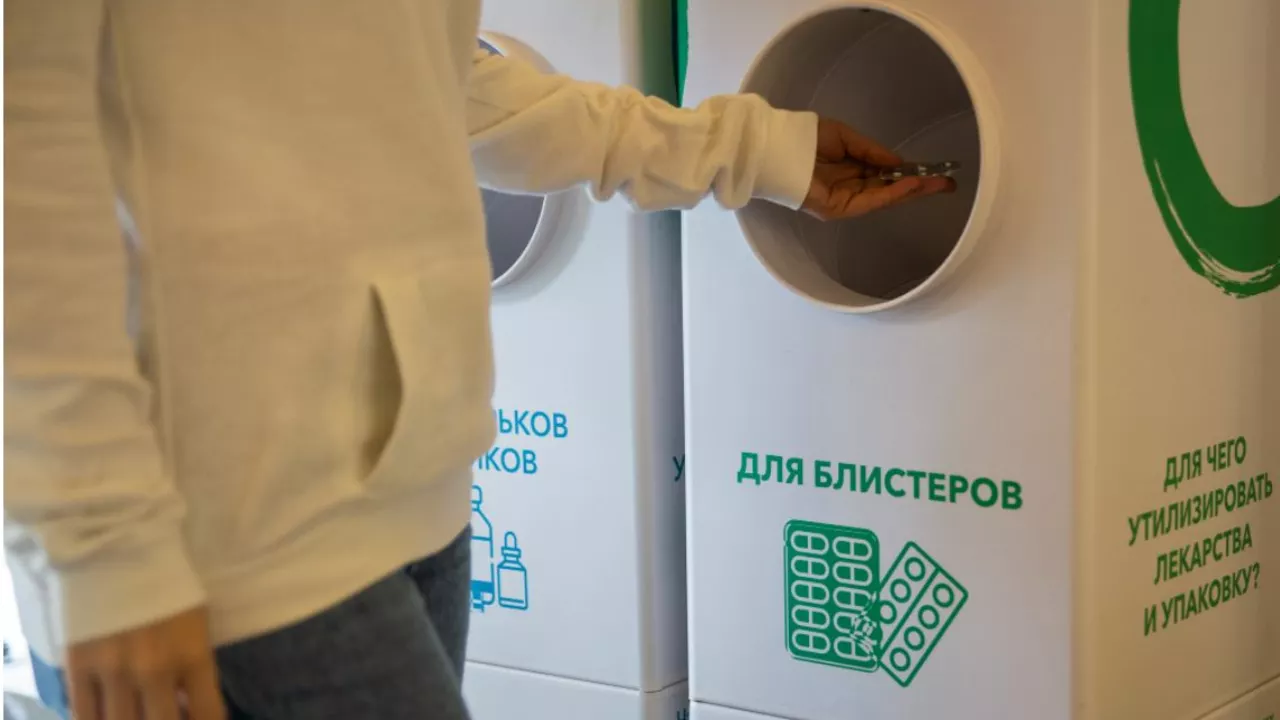
The Environmental Impact of Olmesartan/Amlodipine Production and Disposal
In my recent exploration, I delved into the environmental repercussions of producing and discarding Olmesartan/Amlodipine, medicines often used for treating high blood pressure. The production process of these drugs has a significant environmental footprint, including the release of harmful chemicals into our ecosystems. Moreover, the improper disposal of these medications can lead to them entering our water systems, causing potential harm to aquatic life. It's critical that we develop cleaner manufacturing processes and proper medication disposal methods to mitigate these impacts. In short, more sustainable approaches towards the production and disposal of Olmesartan/Amlodipine are urgently needed to safeguard our planet.
Detail
